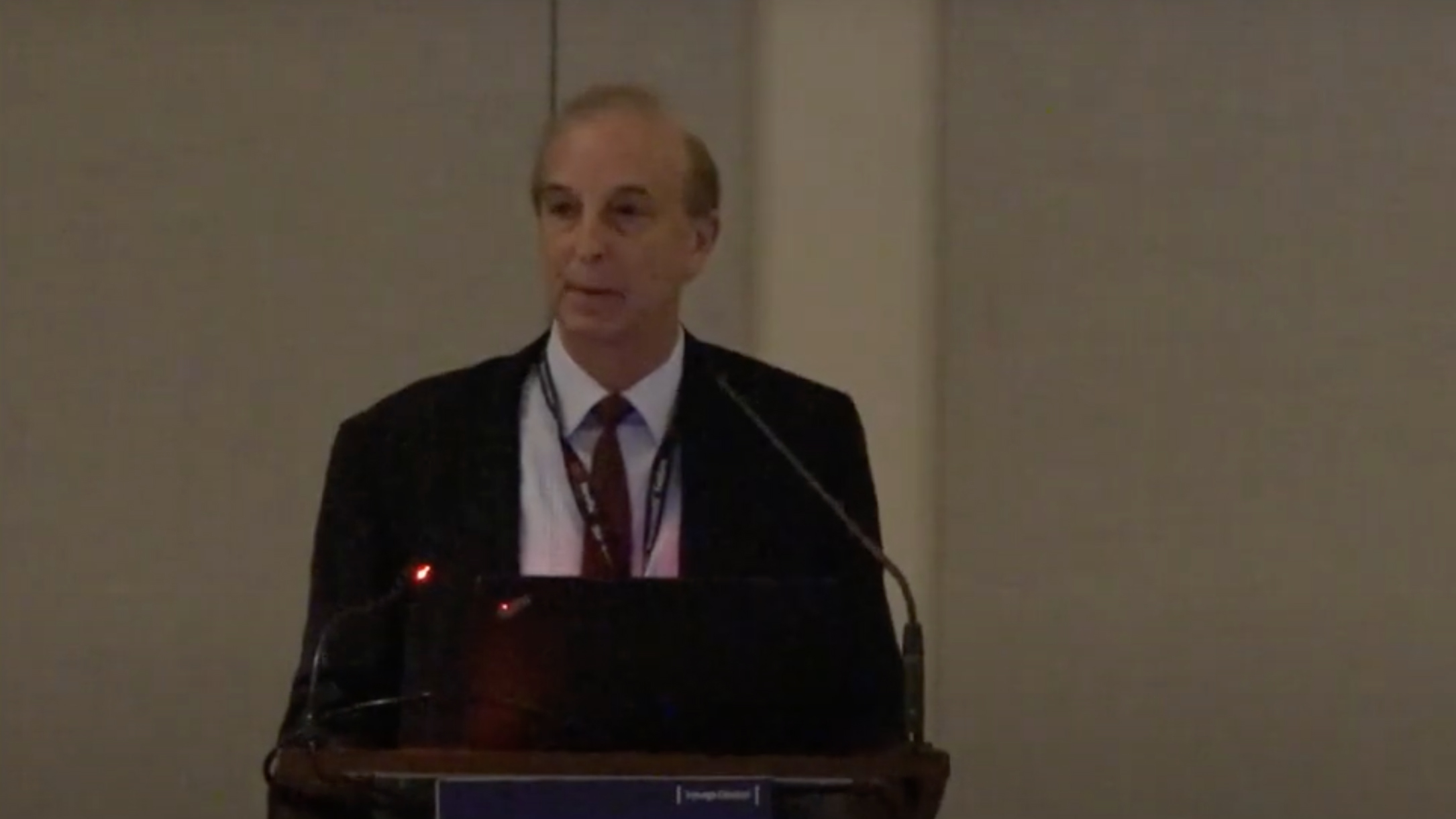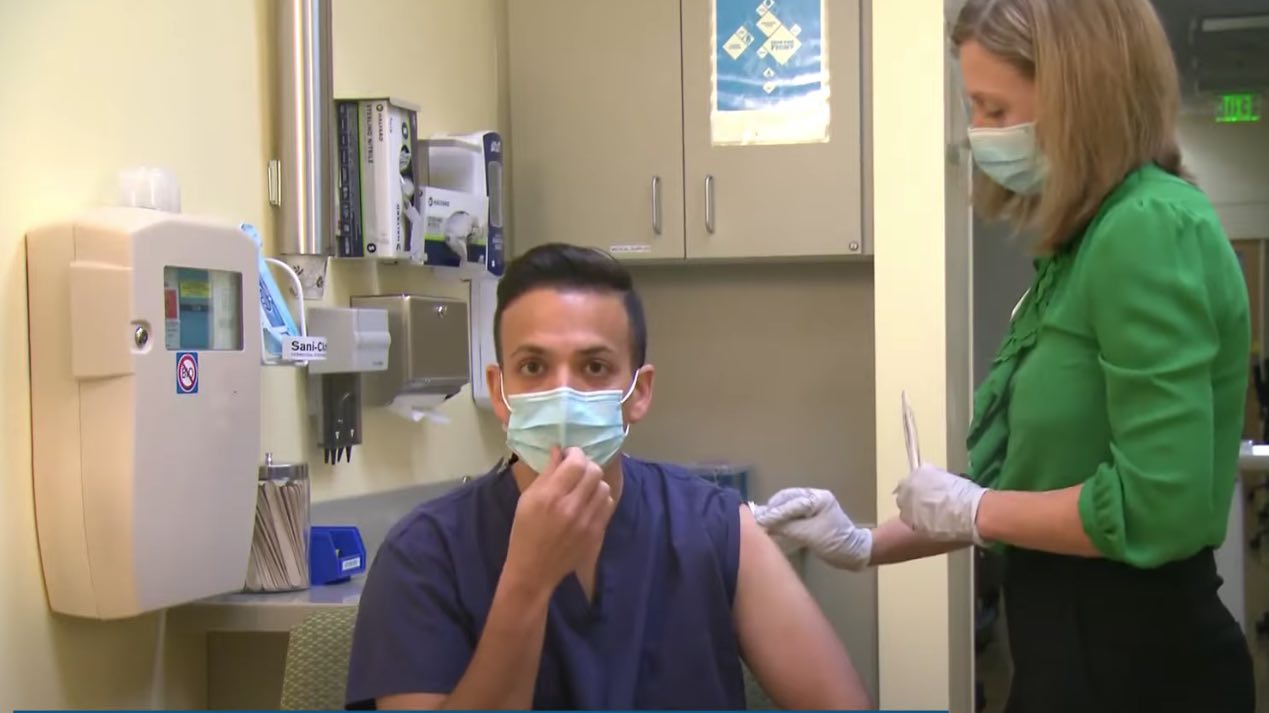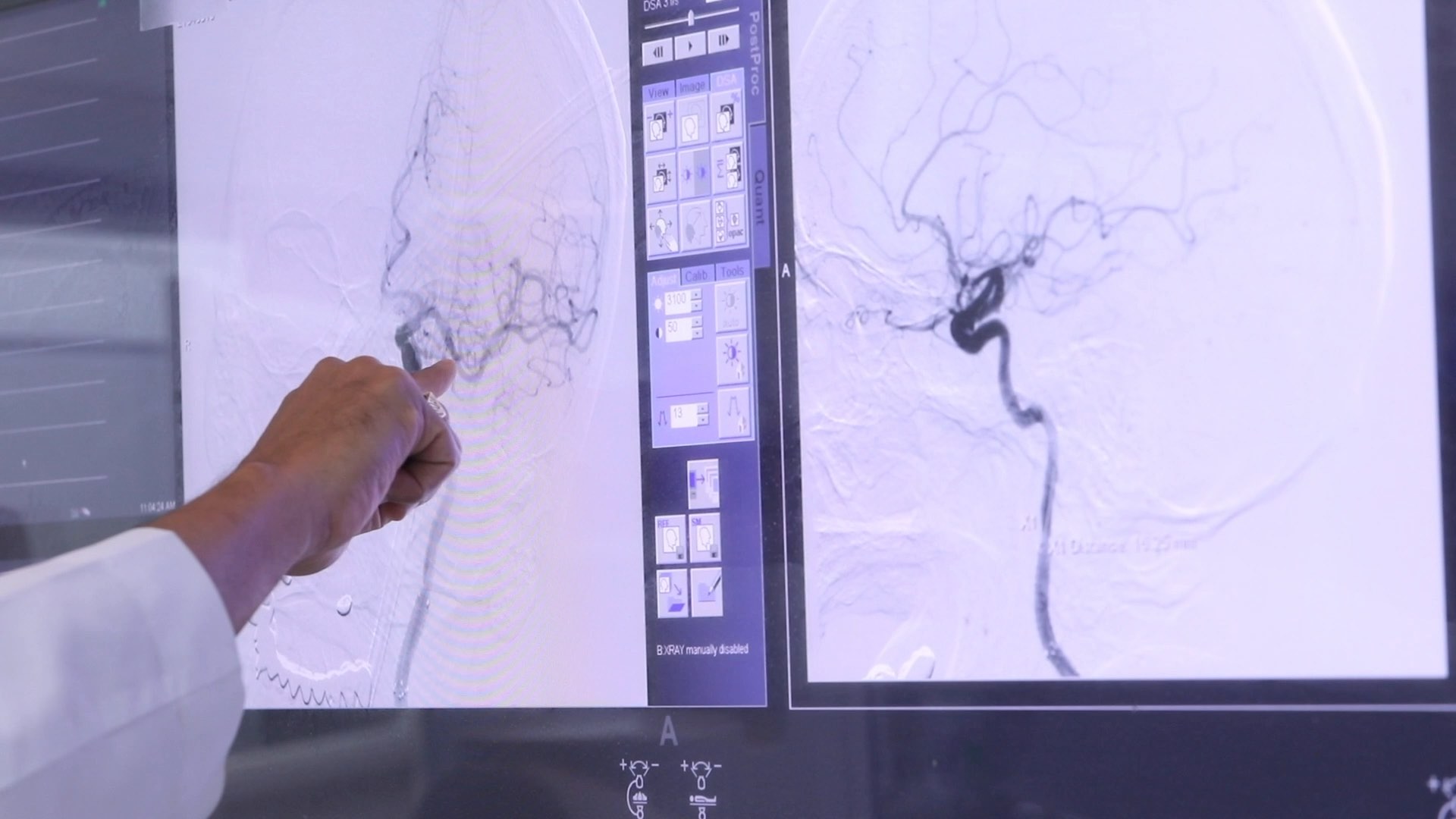Ethosuximide beats lamotrigine and valproic acid for childhood absence epilepsy
Reuters Health • The Doctor's Channel Daily Newscast
Of the two favored drugs, ethosuximide may be preferred due to a lower rate of attentional dysfunction, the findings suggest.
Each of the three drugs is often used as initial monotherapy for childhood absence epilepsy, “but definitive evidence of their relative efficacy is lacking,” lead author Dr. Tracy A. Glauser, from Cincinnati Children’s Hospital, Ohio, and colleagues note.
The current study randomized 453 newly diagnosed children to treatment with either ethosuximide (Zarontin), lamotrigine (Lamictal), or valproic acid (Depakote). The researchers increased the dose until the child was seizure free, the maximum allowable or highest tolerable dose was reached, or it was clear that treatment had failed.
At 16 weeks, more than half the children taking ethosuximide (53%) and valproic acid (58%) were free of treatment failure, compared to only 29% of children taking lamotrigine (p < 0.001).
Children on valproic acid had a higher rate of attentional dysfunction than children on ethosuximide: 49% vs. 33% (p = 0.03).
Rates of discontinuation for adverse effects, were similar with the three agents, the report indicates.
“This is an age when the newest therapy is assumed to more effective and better tolerated than older therapies,” Dr. Eileen P. G. Vining, from Johns Hopkins University School of Medicine, Baltimore, comments in a related editorial.
But in this case, she continues, the researchers’ “robust evaluation” of the three anticonvulsants has shown “the winner” to be ethosuximide, a “drug from the 1950s and the oldest of the three.”
Reference:
N Engl J Med 2010;362:790-799,843-845.






